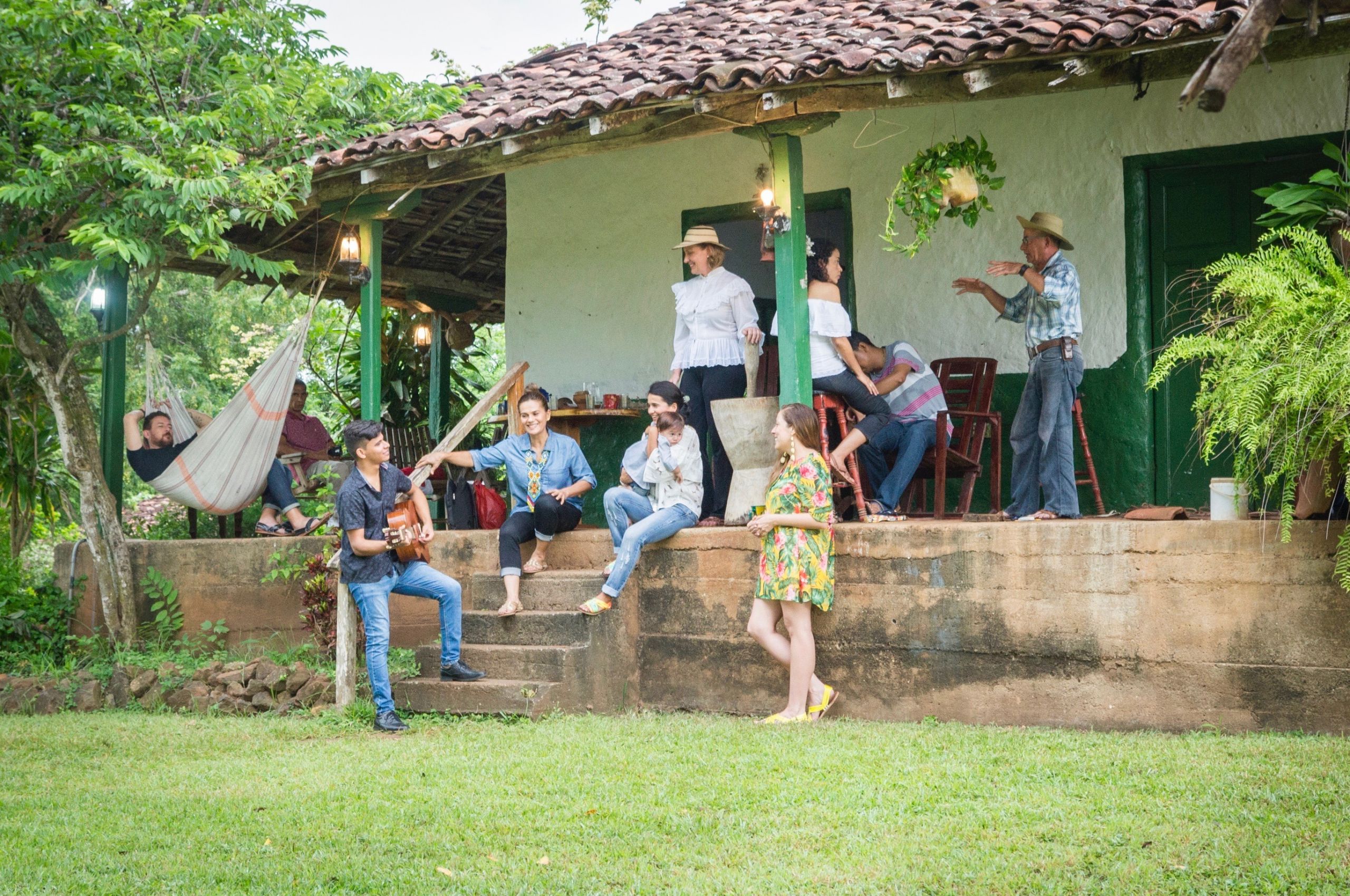City dwellers give little importance to the cutarra that has been the typical Interioran footwear for centuries. It is not known exactly when its use began but it is believed that it had to do with the arrival of the Spaniards to the Azuero peninsula after Panama Viejo was destroyed. These lands they were dedicated to livestock creating access to leather. The peasants began using it to make comfortable and durable shoes. They were mostly indigenous at that time and the chief in Parita was called Antataura (also known as Cutatara or Cutara), giving the name to the footwear.
Booking.comFor centuries cutarras remained unchanged until recently when designers decided that the footwear had the potential to be something more than traditional brown leather without modifications. This common version is very accessible costing about $10 but it would never be used outside the field. Nayleen Quintero and Jonathan Cedeño saw this as an opportunity.
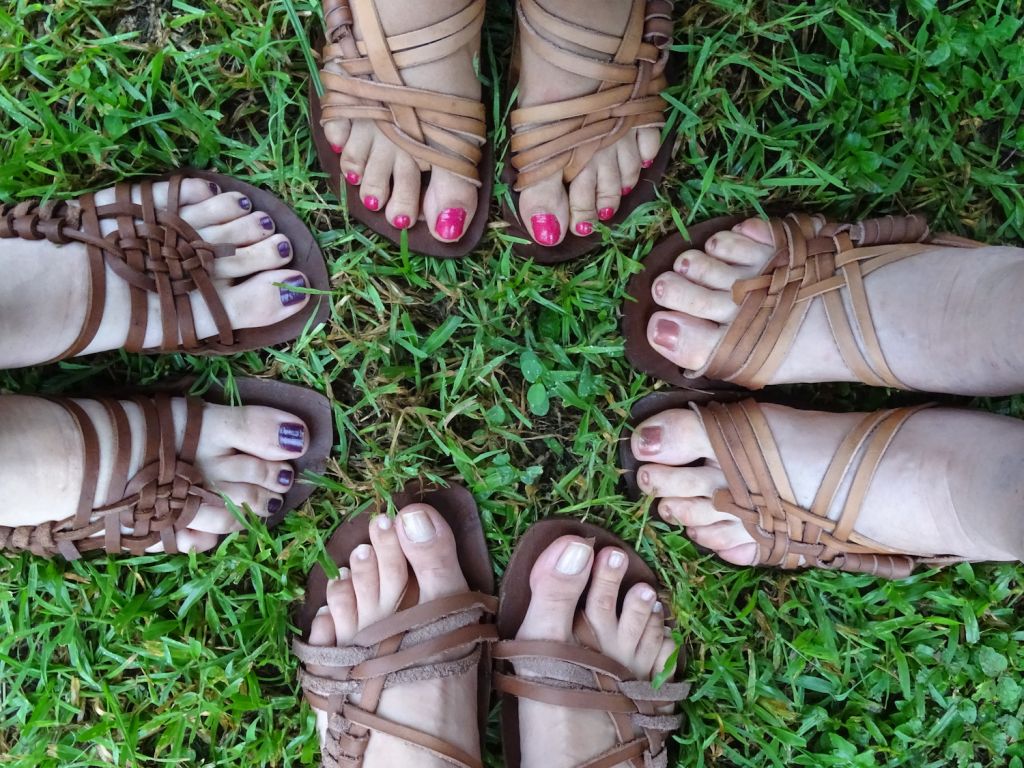
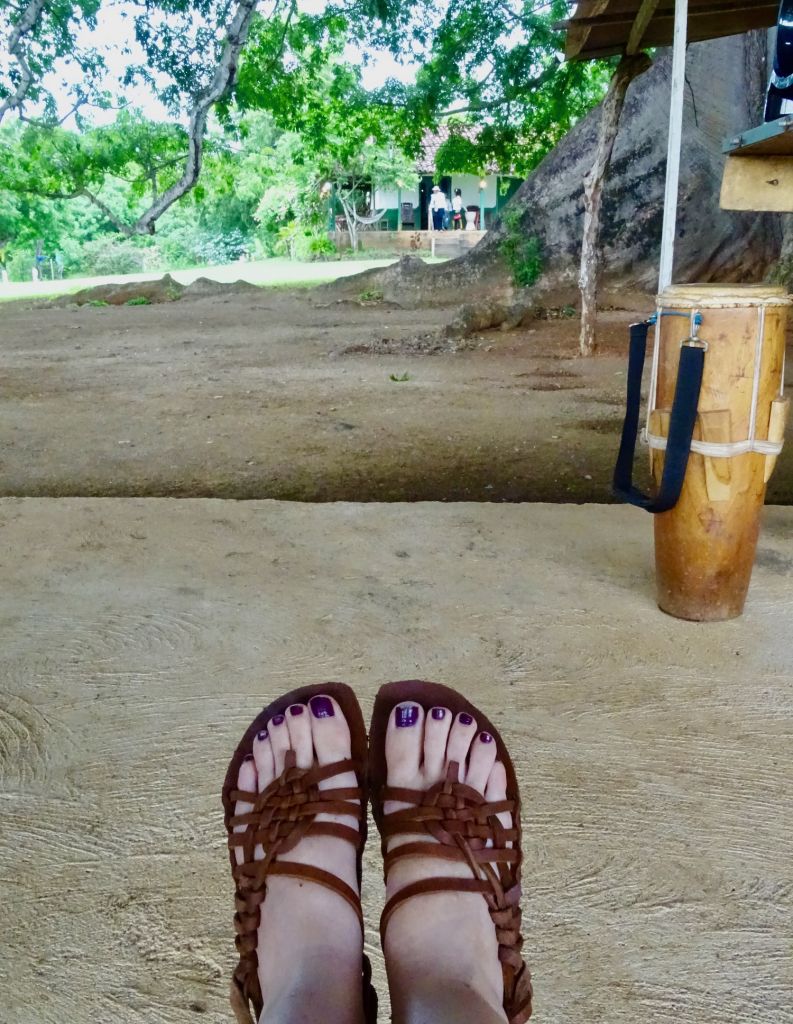

Entrepreneurial attempts
Nayleen Quintero is from Sabana Grande de Los Santos, a small town between Chitré and Las Tablas, on the way to Macaracas. When she was 12 years old she moved to the city of Las Tablas to go to school. At 19 she moved to the capital to study at the university.
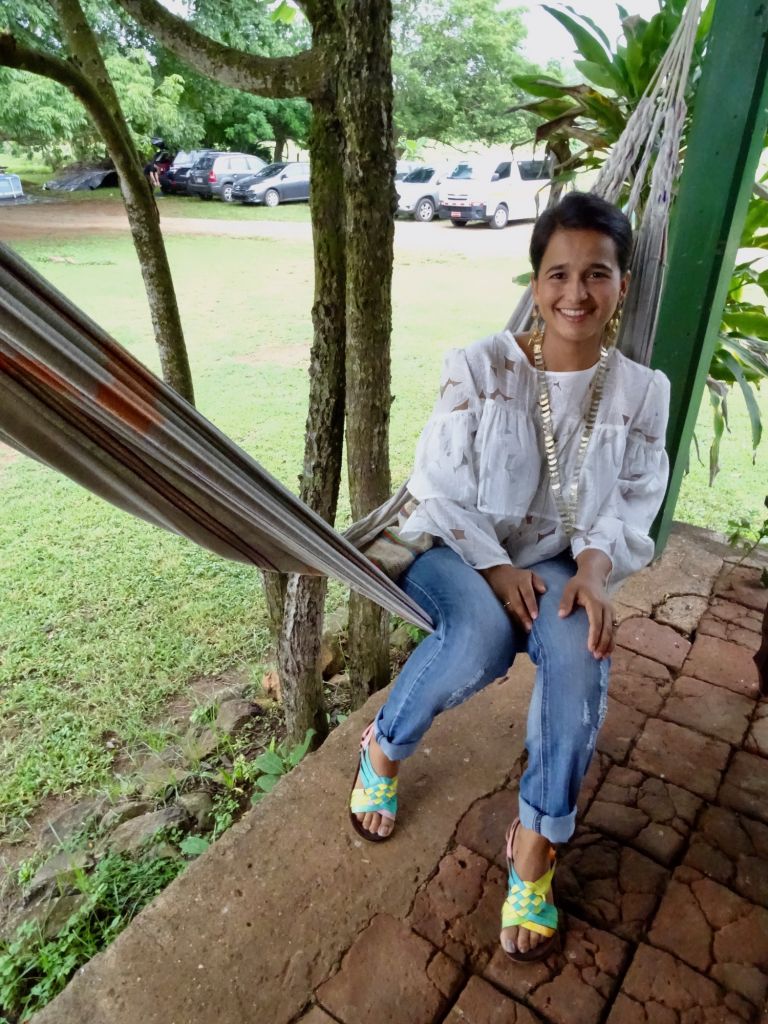
At 23 she went to the United States to study English and when she returned she decided that she did not want to be employed all her life. She went to the City of Knowledge that has a business incubator that is part of the Alberto Motta Foundation. Her father, Celso Quintero is a folklorist and violinist, and was a professor of folklore in Los Santos for 15 years. The original idea was to open a music house with a school, recording studio, rental of sound equipment and musical instruments for sale.
Transformation of cutarras
Within the brainstorm, a person suggested that she sold cutarras come in the store and she kept thinking that no one had done anything to the cutarra. She wanted to bring the cutarra to the city, but knew they weren’t going to be accepted as they were, since the traditional shoes smell bad as the leather is not cured. Besides the leather is very hard, it had to be softened.
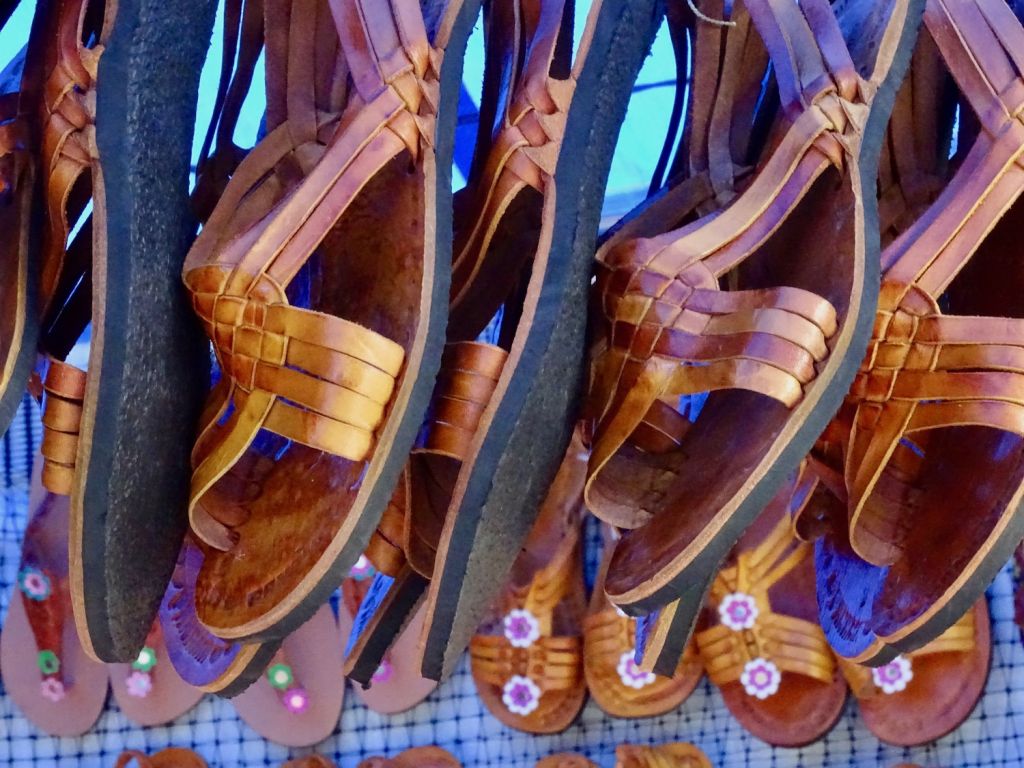

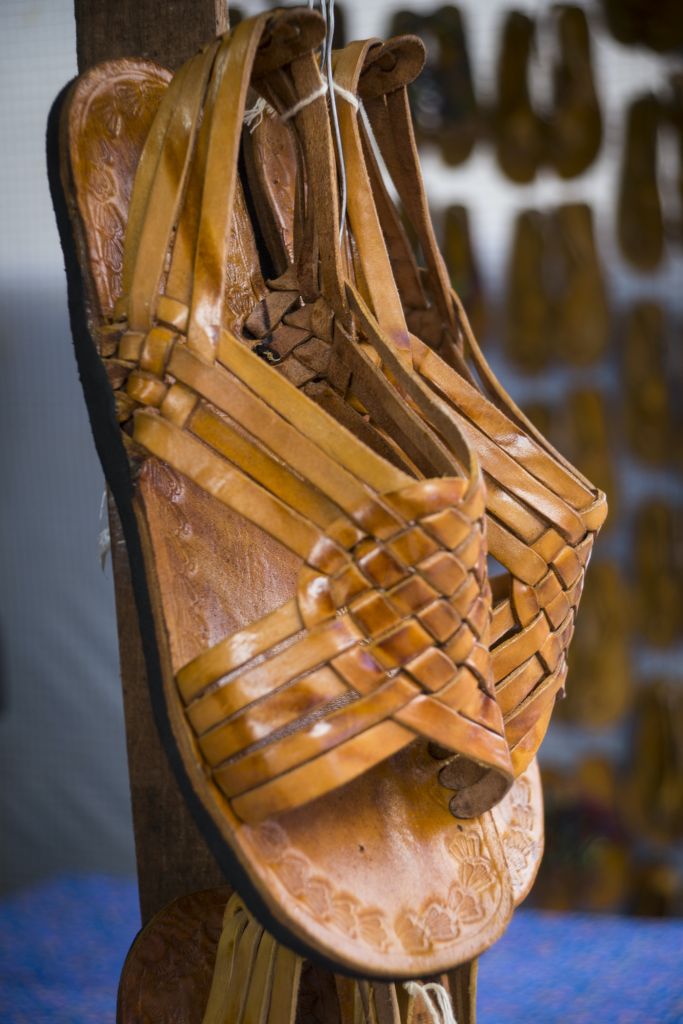
She sought friends to get involved in the project and her friend Jonathan told her that he would look for a better quality of raw material but in Panama it was very difficult due to the lack of manufacturing industry. She bought paints from the United States and brought them online, but they were stored picking up dust for 6-8 months, until one day her friend called to tell her that he had found the leather. It was made in Colombia but it was sold in a store in Rio Abajo. They went and bought it and made two cutarras, one for him and one for her.
Sante Cutarras
They decided to call the brand “Sante Cutarras” as both are santeños (of the province of Los Santos of Panama). They made a logo with the seven stars of the districts of the province. Jonathan decided to take his own course in 2017 and Nayleen continued the brand. They opened an Instagram to promote the cutarras and invented names for colors, such as red pollera (Panama’s national dress), mango yellow and black monkey.
To date they have released five collections. They went to a fair in New York and found a leather with animal print at a super good price and launched that collection. “Homeland” carries the three colors of the flag, “Rainbow” has neon colors cut into strips and “River Stones” has black balls with a gray background. Of all these collections they made another call “Rice with Mango” that has a strip of each.
Apart from the fair in New York they also went to a fair in Madrid where there was a lot of interest in the cutarras. They exported 100 pairs to Japan and 80 to California.
The Cutarra Experience
It is one thing to sell cutarras in a store and another is to create the connection with people, who can live the experience of the manufacturing process. In July I received an invitation from the Ministry of Culture to accompany Nayleen on a tour to Los Santos. Since I have a farm in Pedasi, I said perfect, I’m going. Santa Librada and the National Pollera Festival were celebrated in Las Tablas that weekend. The idea was to make a cultural agenda so that the city dwellers and tourists could live the experience of the Azuero festivals.


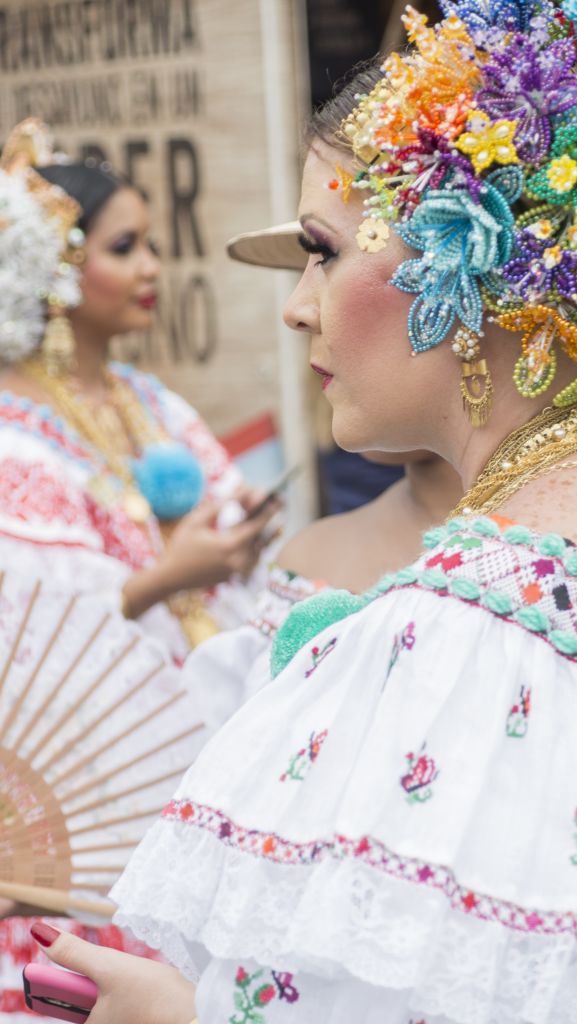
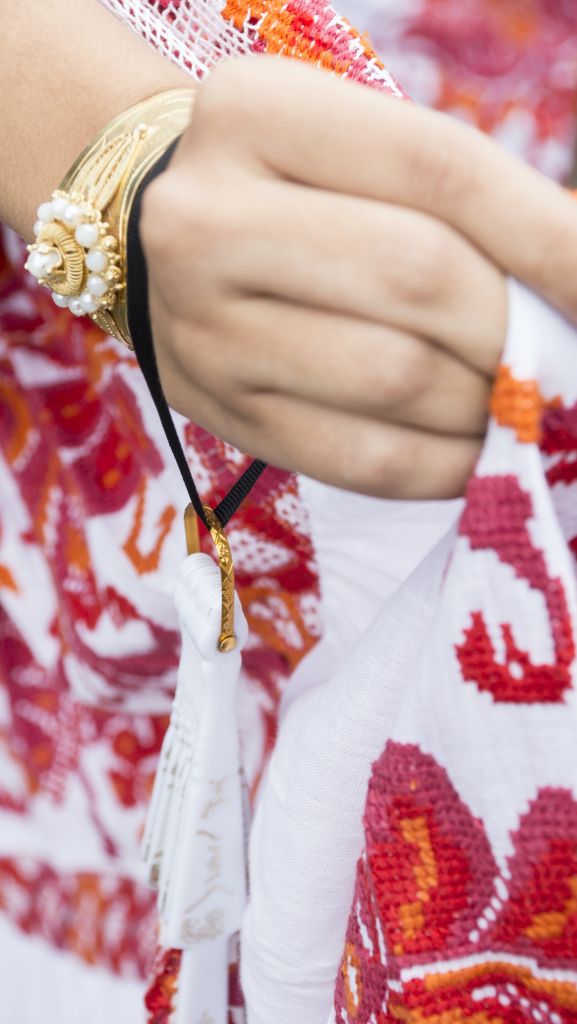

The first day we went to the church to see the patron saint of the town and then we walked to a closed place where they had bullfights. It is not like Spain where they are killed. In Panama, a man on horseback tries to turn the cow by grabbing its tail, while the crowd drinks and watches.
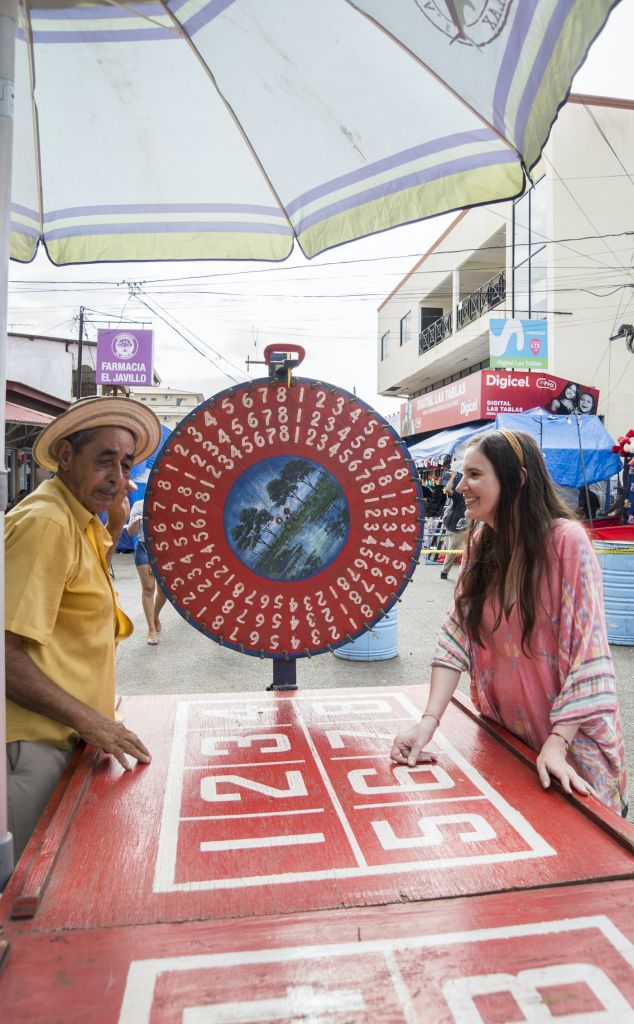

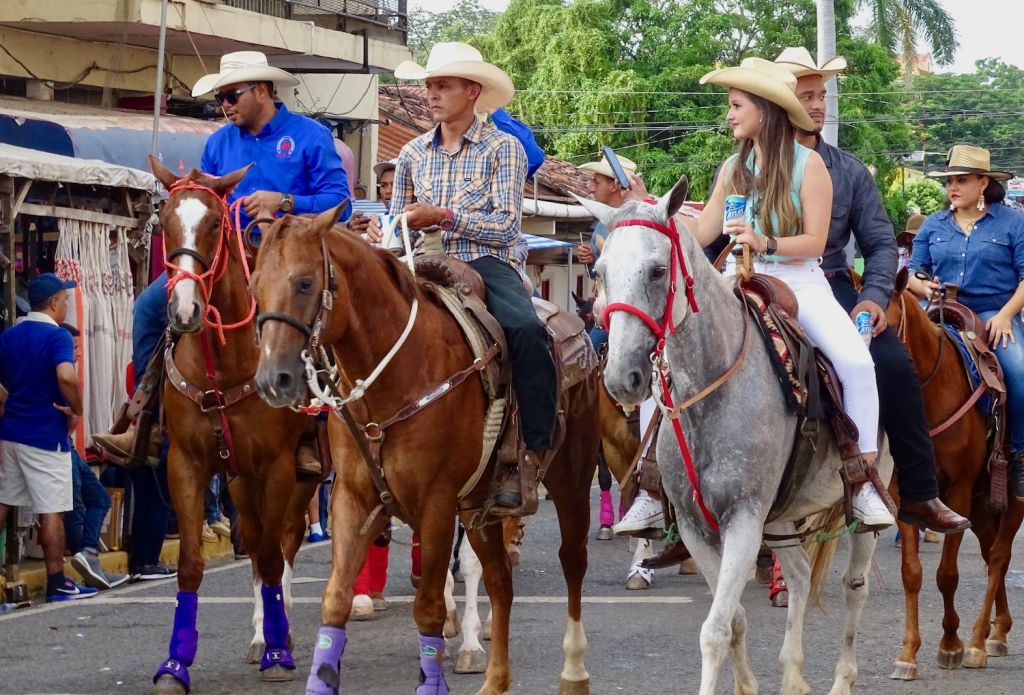
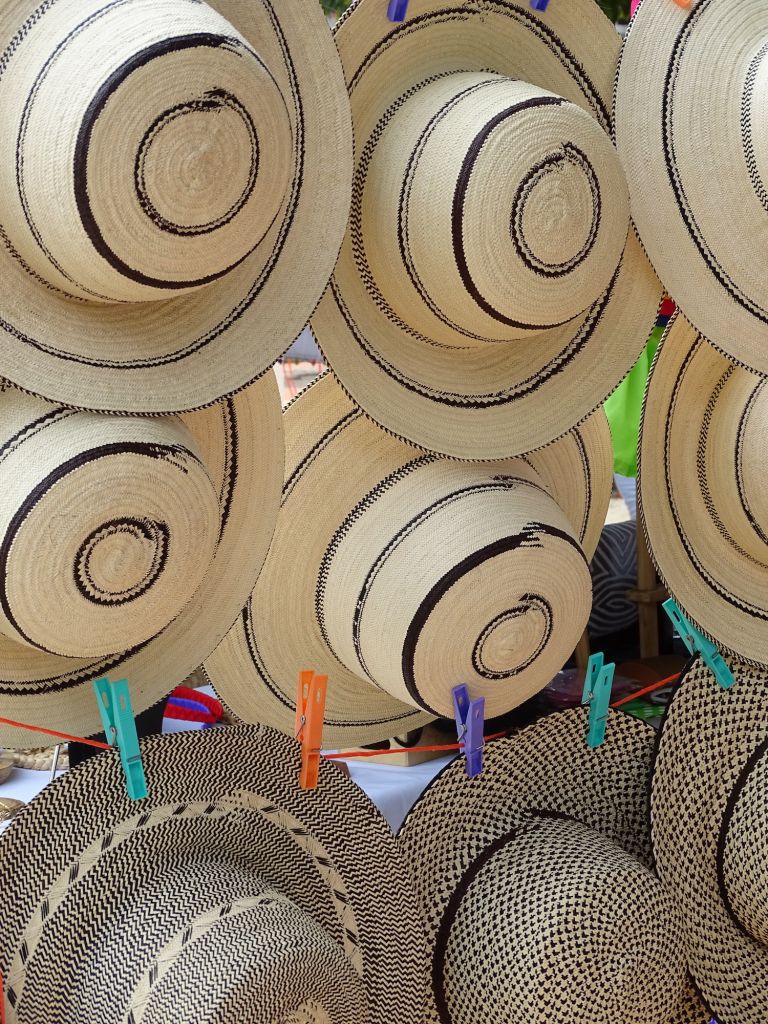
There are sets of typical music and stalls that sell handicrafts and street food. The whole town is full of life.

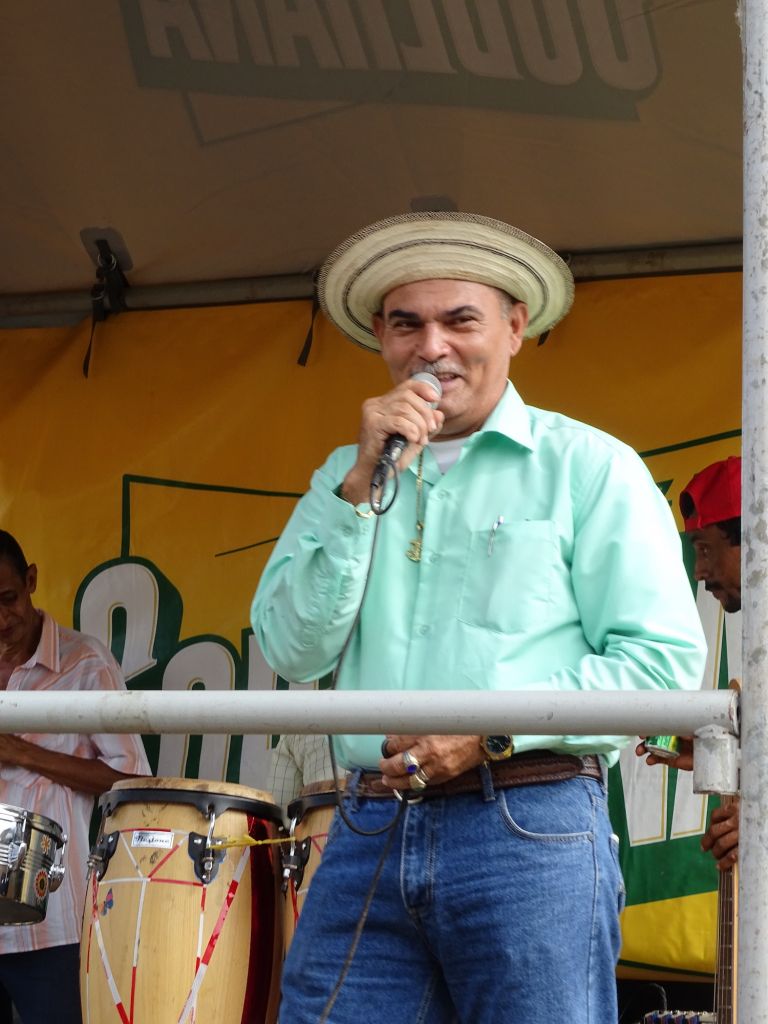
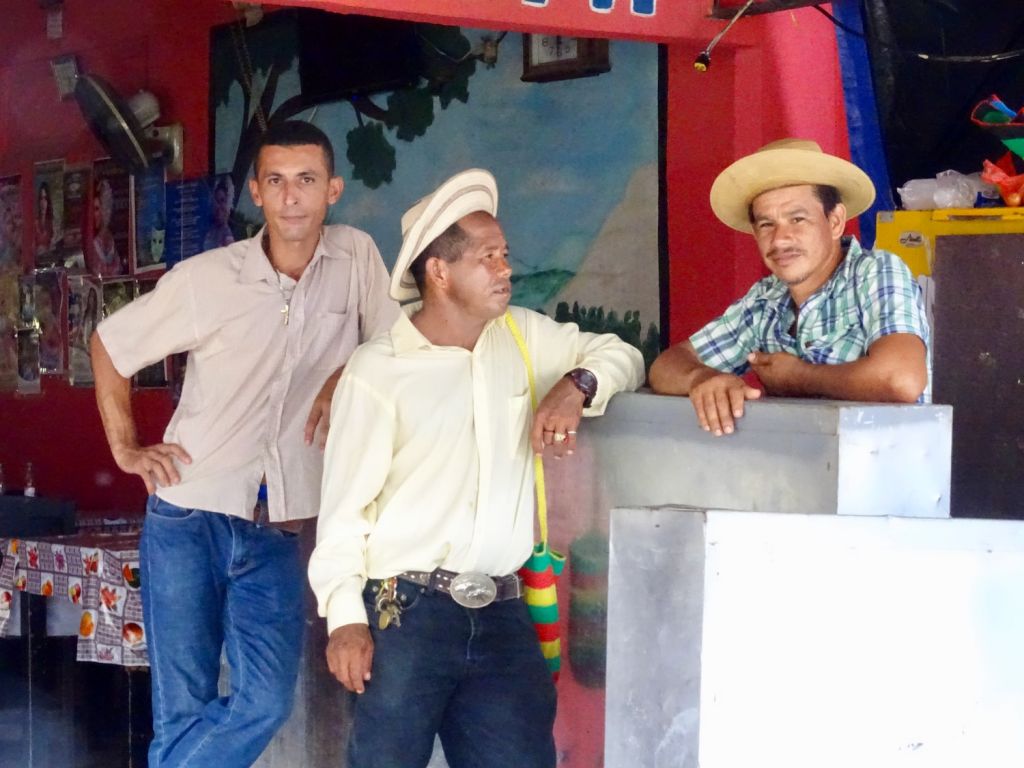


El Bongo Farm
The next day they took us to La Enea in Guarare to make us some custom made cutarras. This was not like the modern cutarras that Sante Cutarra sells on its website or in stores. Santeños artisans make the traditional process of measuring the foot and tie the strips while one is standing.
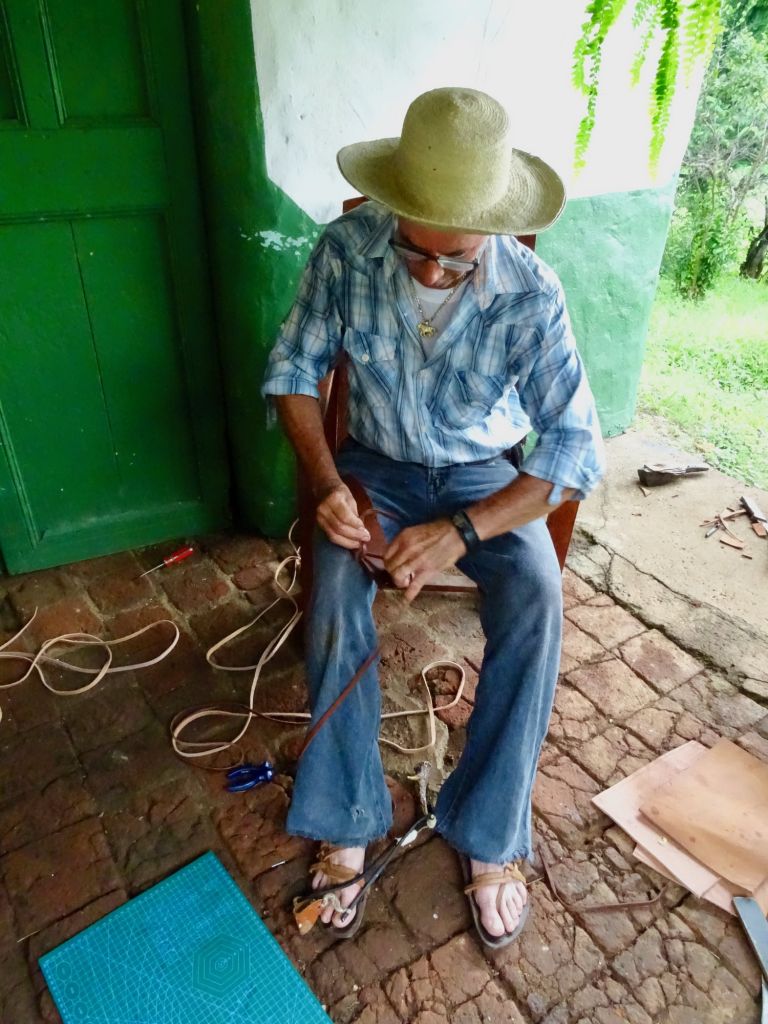
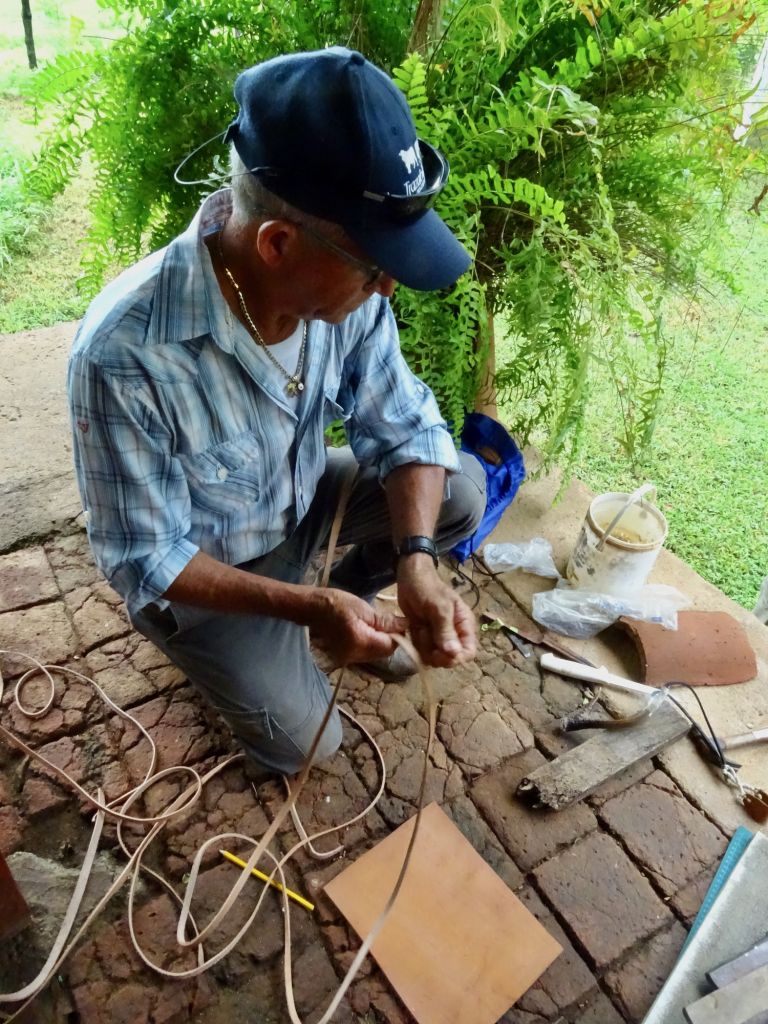

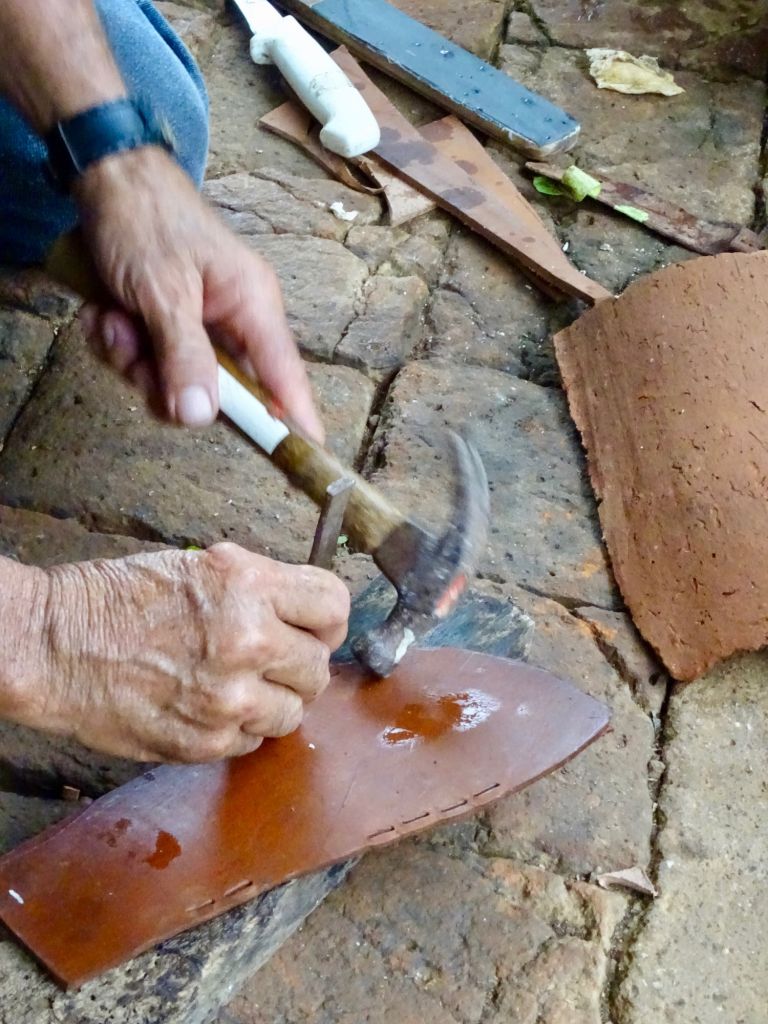
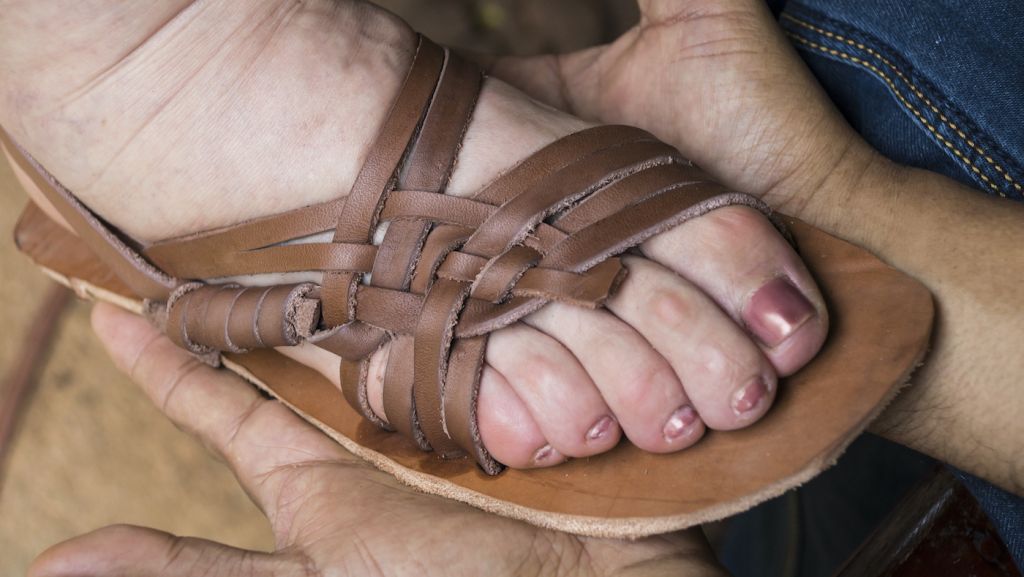
While this happened, Nayleen and her mother were singing songs while other gentlemen were playing typical instruments. Then she did a “tamborito” where she said a phrase and we answered.

The scene of the event was a 120-year-old quincha house of Mr. Rigo, a friend of his family. It is a place that should be declared a national heritage so that visitors can see how people lived in the area in the old days.
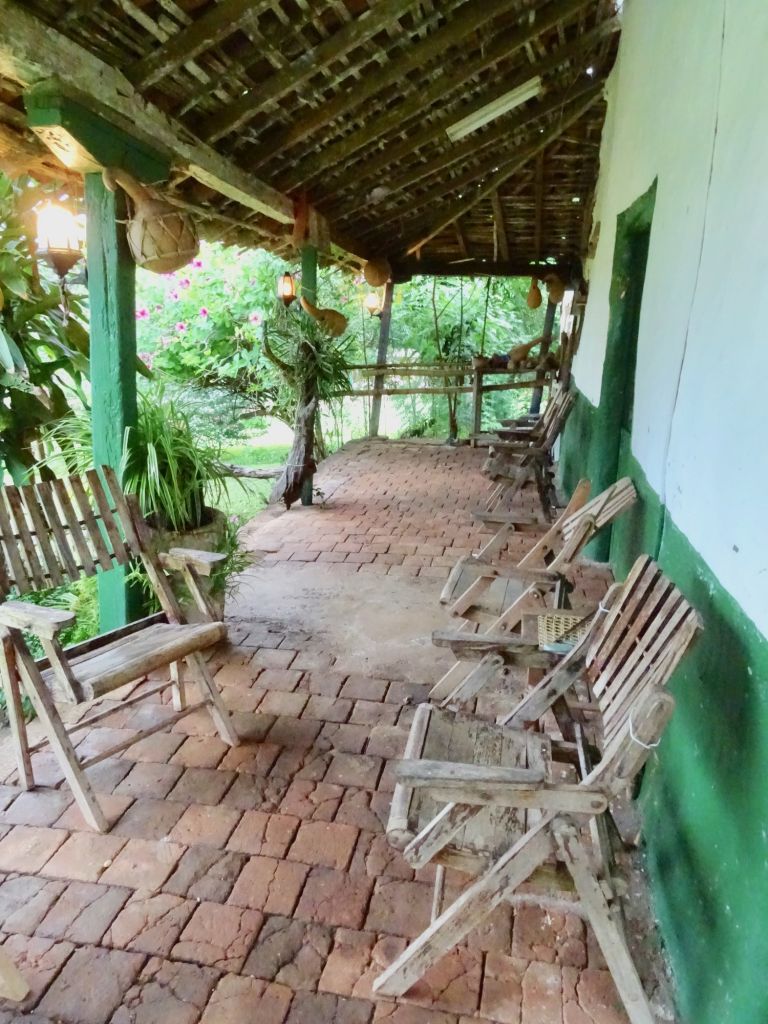
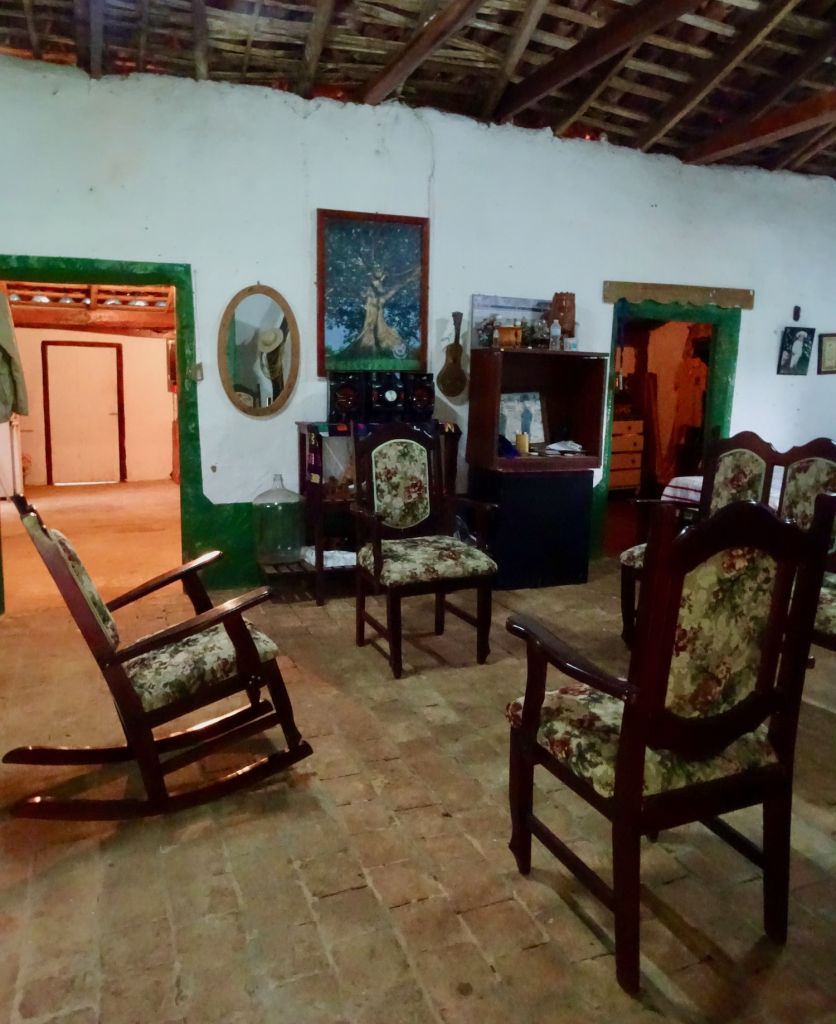
We spend the morning in the huge patio that surrounds it full of rocking chairs and hammocks. The farm is called Bongo because of the huge tree in its center.
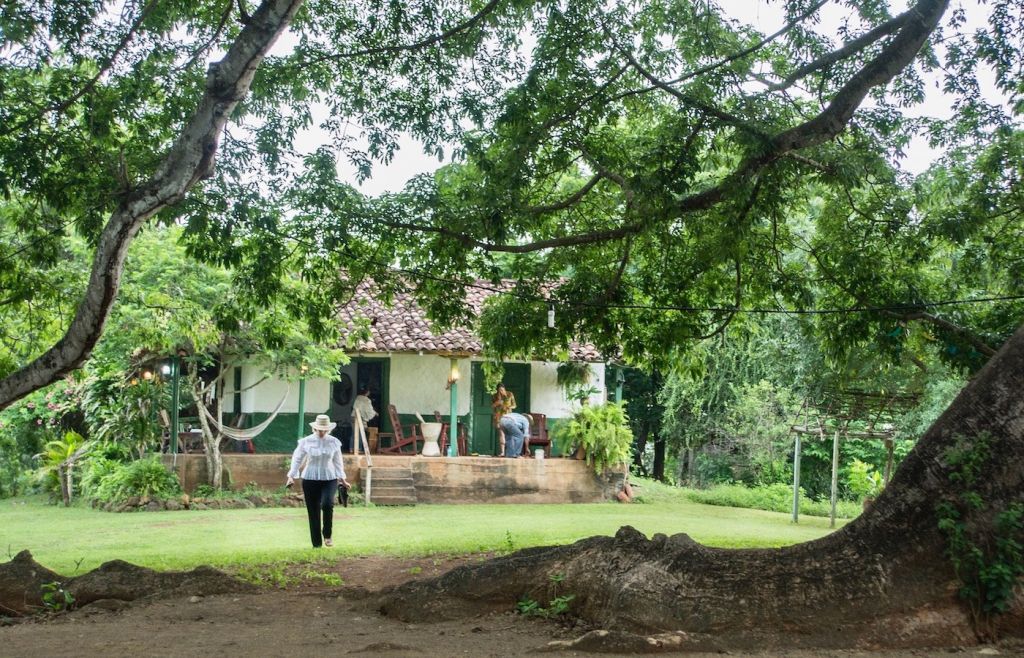
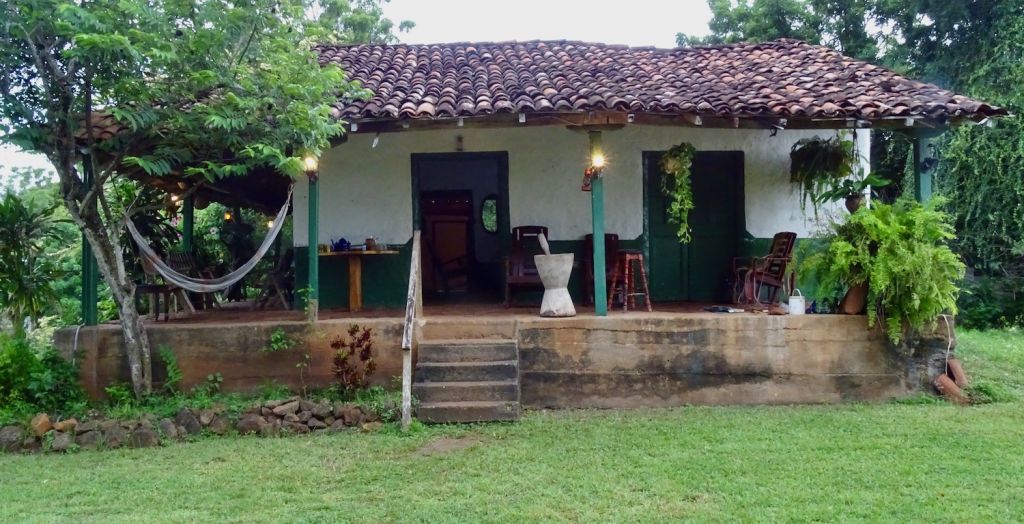
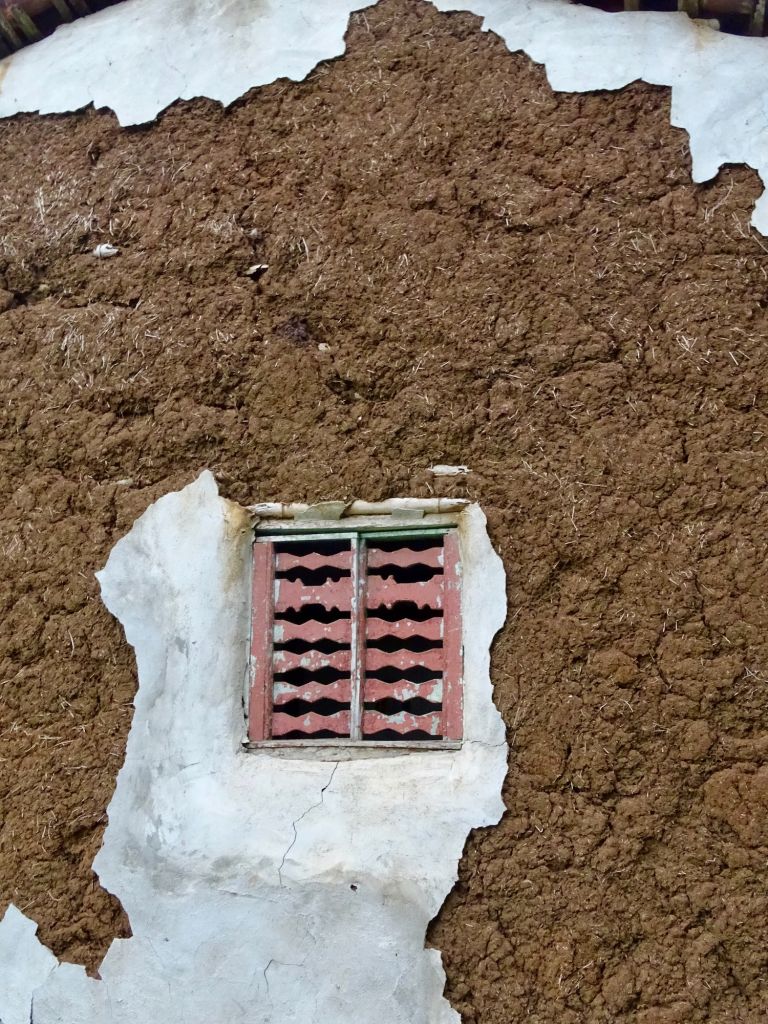
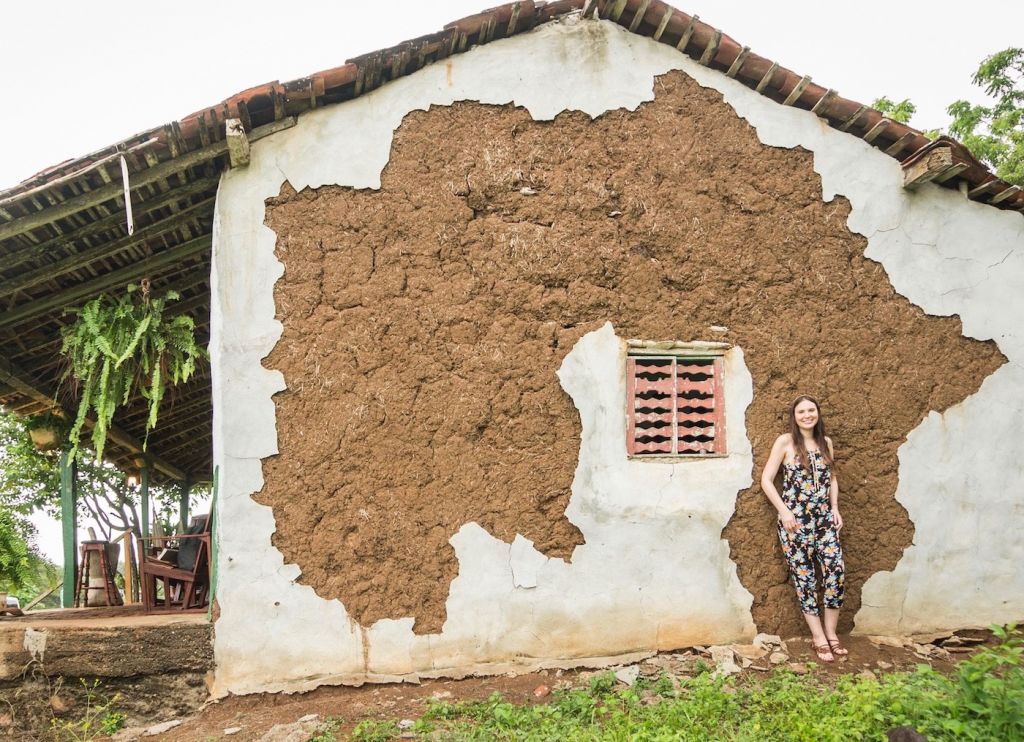
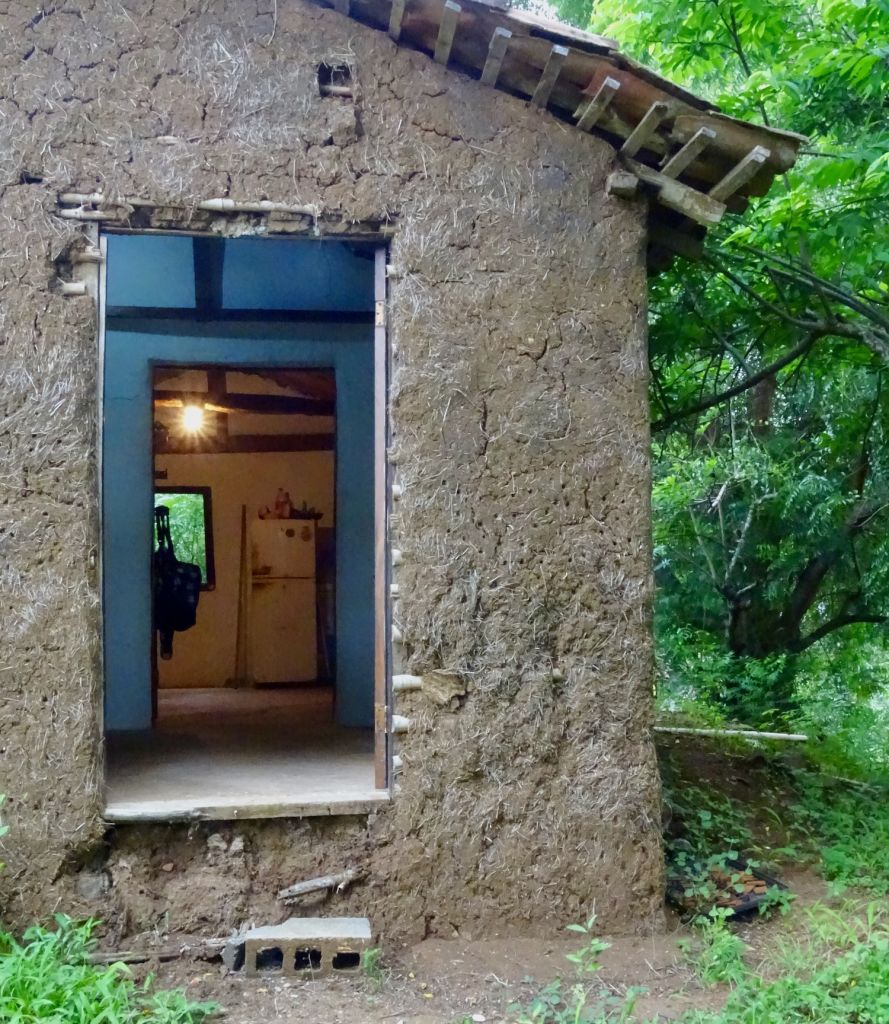
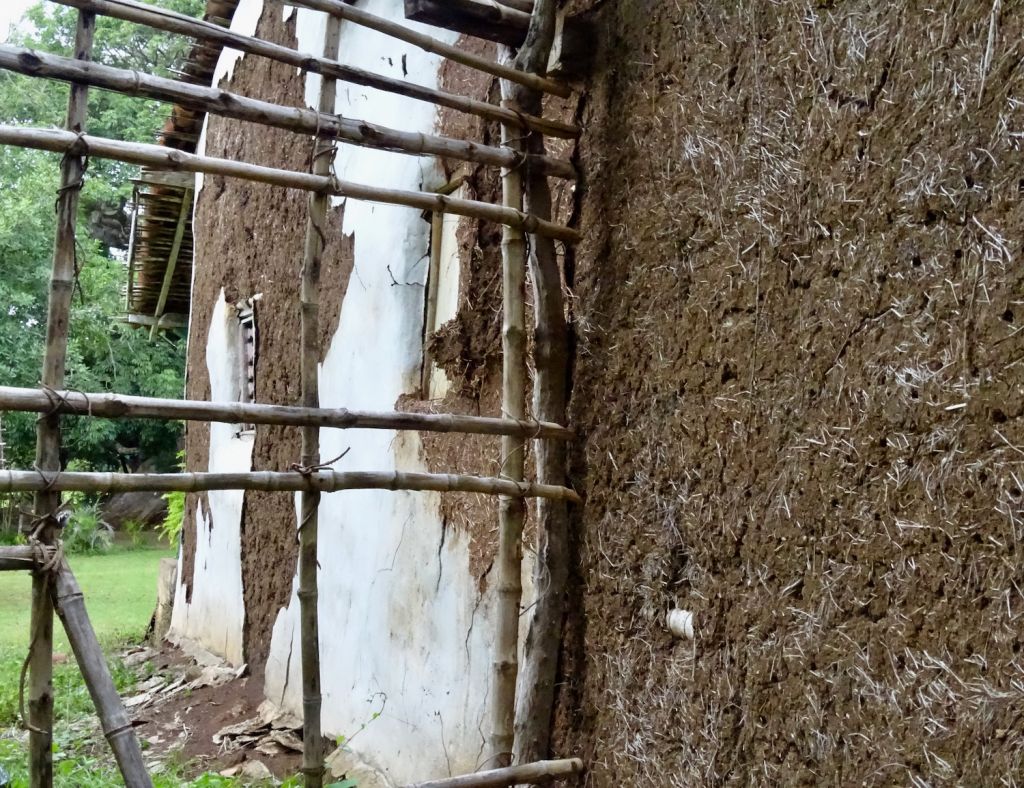
Then we went to a ranch where they served us a sancocho cooked over firewood. In the morning they gave us corn fritters with cheese and coffee. The cuisine of the area is delicious.

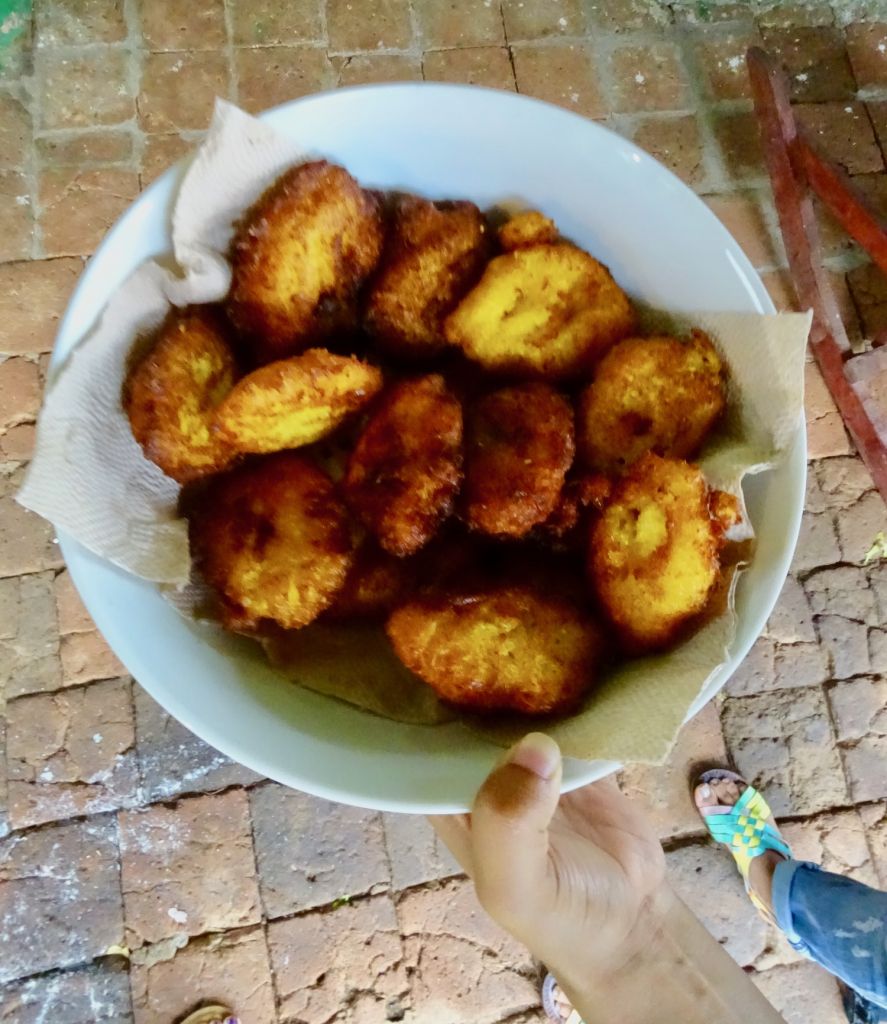
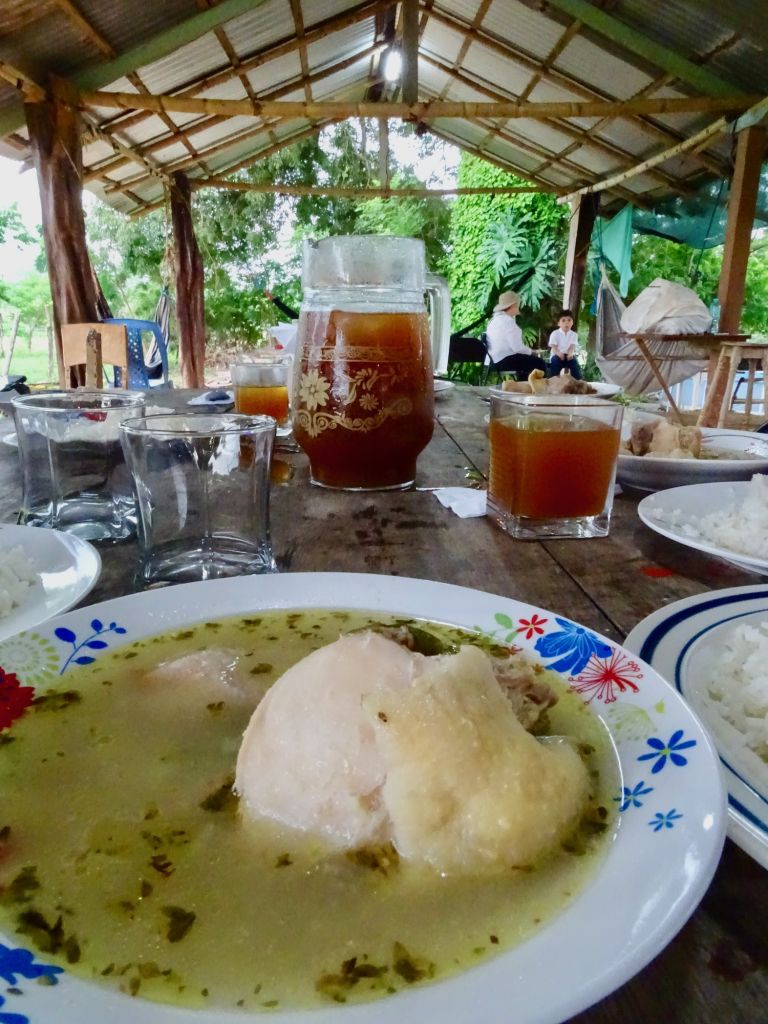
Selina
Selina is a chain of hostels that began in Playa Venao in 2013 or 2014 and five years later it has conquered all of America and Europe. They were interested in organizing a “The Cutarra Experience” package with Nayleen. On the day off you could go to Isla Iguana or Playa Venao to include some beach time. I took the opportunity to have lunch in Panga and do the Eco Venao permaculture tour. This experience will continue to be done once a month.
One of the Selina hostels is in Casco Viejo, Panama City. In the Selina Embassy you will be able to live a simple version of the experience. Nayleen brought her artisans from Los Santos to train the women Las Claras Foundation of Vital Voices to be the artisans in the capital. Both she and the women are going to be able to make any Panamanian or tourist who wants to have custom-made shoes on their feet.
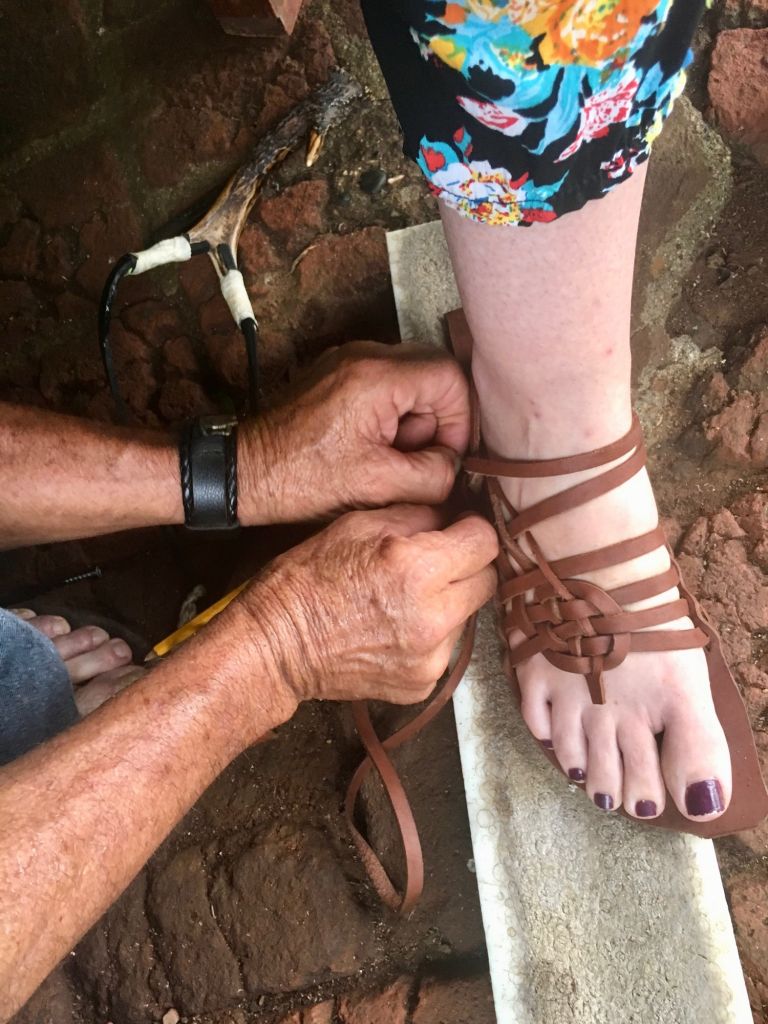
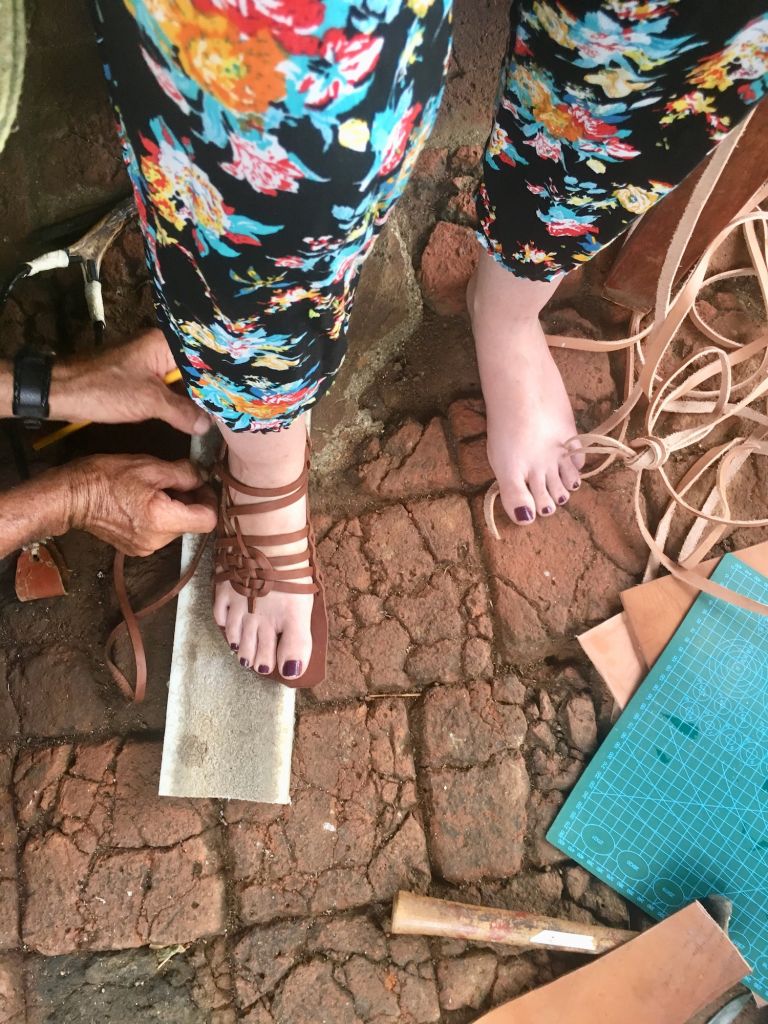
With these types of initiatives, it may be that in the near future we will see people all over the world using our typical cutarras.
Stay at a Selina Hostel in Panama
- Selina Playa Venao
- Selina Pedasi
- Selina Casco Viejo Panama City
- Selina Kalu Yala
- Selina Bocas del Toro
- Selina Red Frog


